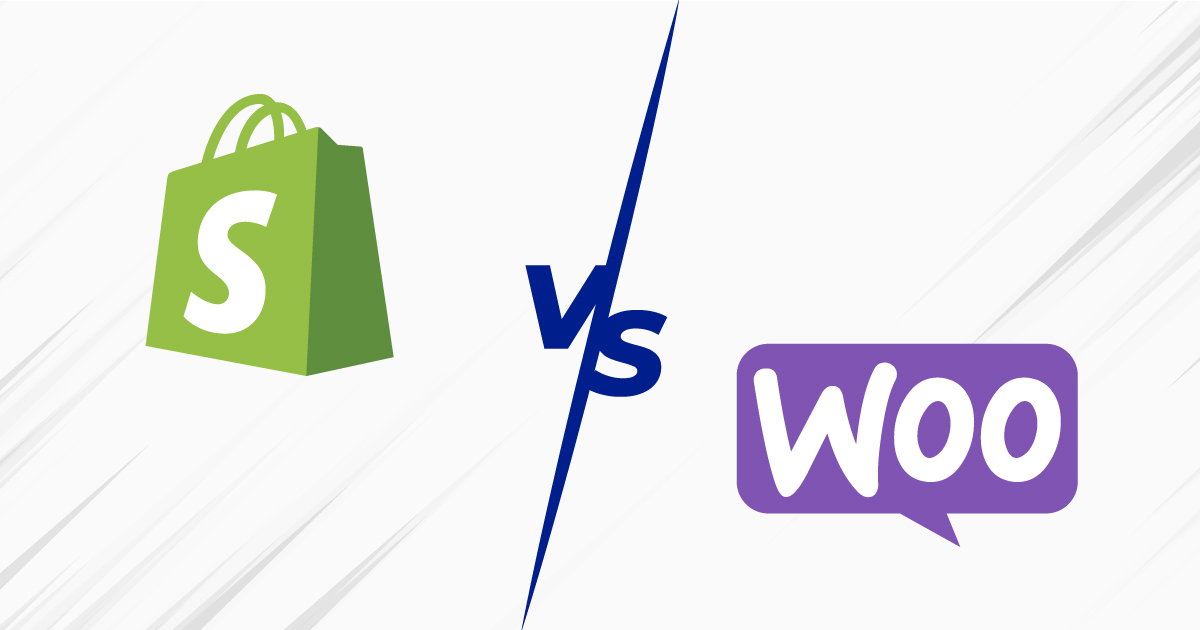Digital advertising continues to grow year after year in Spain and Europe as a whole, and it seems that this trend will continue in the future. One of the common recurring doubts that first-time clients and advertisers have is where exactly their Google Ads (formally known as Google AdWords) will appear.Like most things in this life, the answer is of course, “it depends”.
What exactly does it depend on?
Primarily where your Google Ads will appear depends on some basic configuration factors:
- The segmentation or targeting you’ve chosen: keywords, websites, demographic characteristics, geographic limitations… there are lots of options here that can be tweaked.
- The audience you’ve selected: you can show your ads to wide swathes of the population (based on age, gender, habits, etc.) or you can limited to very small audiences based on your website audience.
- The ad types you’ve selected: Not all ad types appear everywhere in the Google Ads network.
The Google Ads Network
When people think about Google Ads (AdWords) they tend to visualise those nice little text ads that follow us around while we conduct searches on the Google search engine. And yes, these are a key part of the Google Ads offer, but they are not the only real estate on offer for your ads. Read on if you’d like to understand the Google Ads available and where your ads can appear.
1. Google Search Network
Your ads can appear on the Google search engine results pages (SERPs), right when your prospective clients are in the process of searching for products or services that your business offers.
Search ads are always displayed above or underneath the organic search results returned by Google. Their positioning depends on the ranking a particular ad has when the search is conducted. What does this ranking depend on? Part of your ranking is due to what you are willing to pay, but this is not the whole picture. For the moment, just know that configuration is very important, and for this reason, it’s important to understand Google’s rules and preferences.
For these search ads to be displayed, you must create a list of keywords that accurately represent your products, services, website or brand.
Keeping in mind that every day, Google registers billions of searches on the site, the benefit of search campaigns on the platform comes from the selection of keywords in your campaigns and how relevant your ads are to prospective buyers. You must be effective and convincing on this front.

The classic search ad has two titles, a display URL and a description. You can add multiple extensions to these ads, extensions that offer additional information like a telephone number, an address, additional links, text messages, promotions, etc.

2. Google Display Network (formerly Google Content Network)
Although most of us see these adverts on a daily basis, many people do not know that Google has an extensive inventory of over two million websites where your advertising can be featured. According to Google, with this network, up to 90% of the world’s internet users can be impacted. This network is called the Google Display Network (GDN) or the display network.
Aside from these websites, the display network also includes mobile apps, YouTube, Gmail, Blogger and other well-known platforms.
Here segmentation is based more on the context of a website, and the type of users who visit it, rather than their search intention. For this reason, the impact on a potential client happens in a different moment than in search campaigns.
You can choose audiences based on habits, demographic slices, keywords, intentions, or a mix. There are many possibilities.
The most well-known ads on the display network are classic banners (still or animated) that feature an image. The main challenge for many folks when configuring these campaigns is that they need to design a wide set of banners in different sizes in order to ensure that their ads get proper coverage on different devices, such as mobile, desktop or tablet.
Recently, Google has simplified this process by creating adaptive or responsive ads that have a more simple configuration (logo + image + ad text), and these ads cover a lot of the display network inventory. The main disadvantage here is that we lose some control over our brand image but at the same time, we gain a great deal of coverage and ease of setup.
Besides these ads, there are also formats that are specific to mobile, video and even Gmail. So, while these options all form part of the Google Display Network, they are quite different.
In order to be efficient on the GDN, we must focus on finding the right audience, impacting relevant websites in the correct moment of the purchase funnel for our prospective client. In general, on the Display Network we are higher up in the customer journey or purchase funnel, where users are in an early consideration phase or still do not have clear their need for your product or service. For this reason, it’s important that ad copy and images be captivating and seductive.

3. Google Shopping
Google Shopping ads show an image of your product along with some basic information describing it and the item’s price. To create shopping network campaigns, you’ll need to open an account in the Google Merchant Center and upload your product list (feed) in one of the formats that Google accepts.
These shopping ads are shown on Google search results pages, both on the side and above organic results.
The success of your Google Shopping campaigns will be determined by how well configured your feed is and how good your product descriptions and images are.
Price is also a factor here, as users will make purchase choices based on how much your product and competitor products cost. Here it’s not about seduction, it’s about users comparing what’s on offer.
For this reason, Shopping Ads are not for everyone– if your prices are not competitive and your margin is low, it’s probably not worth it to advertising on Google Shopping.
Shopping campaigns do increase visibility for your products, and they are a great way to boost sales.
As you can see, there are many possibilities for your campaigns on Google or one of it’s networks. The way you use and configure of each of these networks will determine if your sales increase or not. At All Around we are experts in Google Ads strategy, setup, and management, reach out if you’d like to learn more!
More posts about: Start an online business







